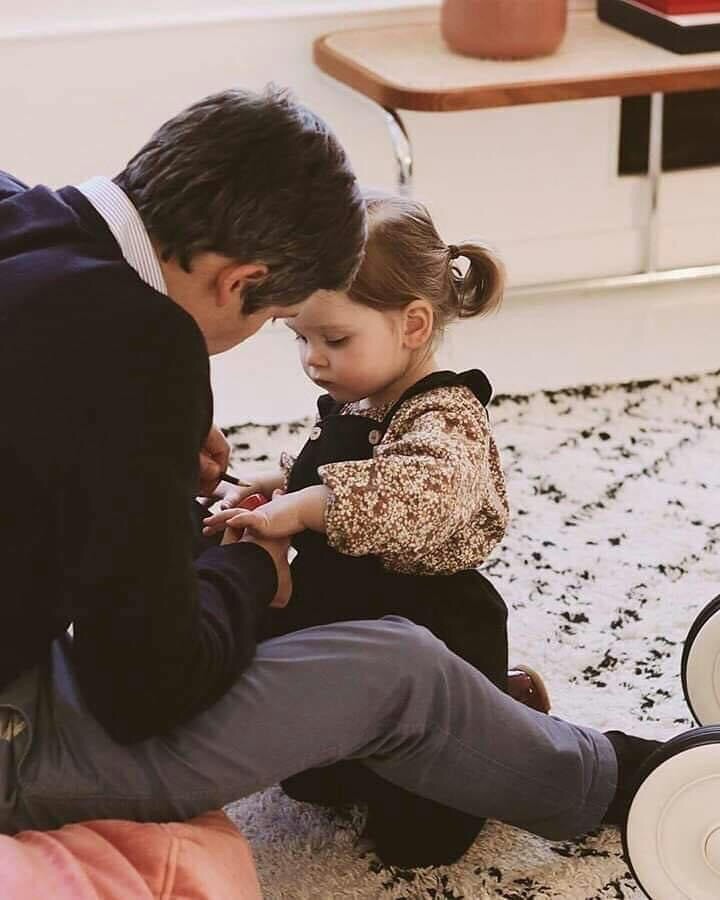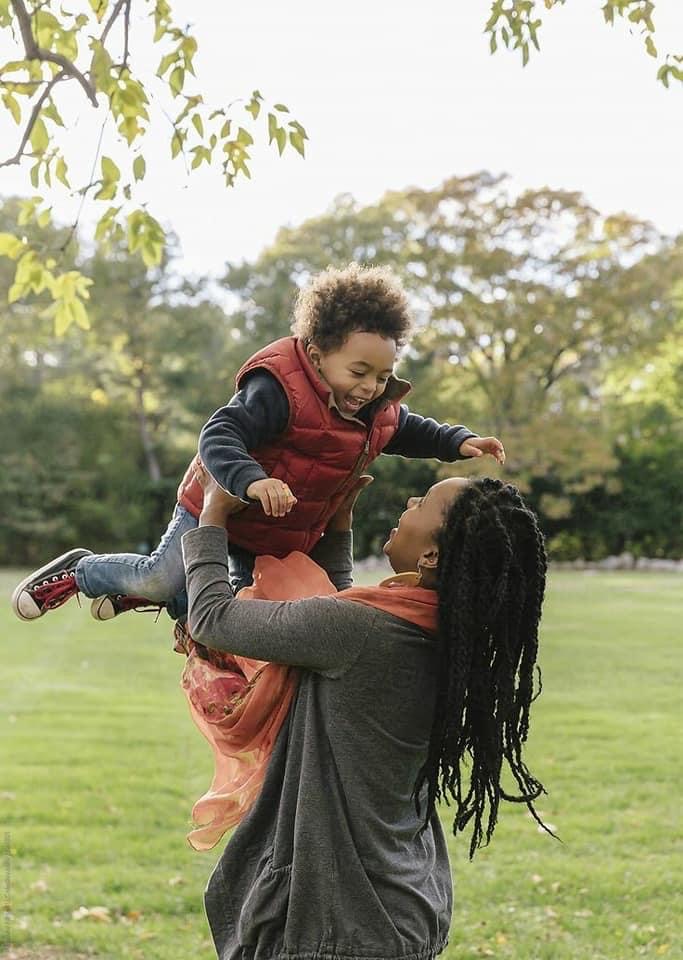Posts Tagged ‘divorce and children’
The Holidays After Divorce: Their Surprising Gifts
“Have myself a merry little Christmas … “ ‘Tis the season for Christmas, Hanukkah, and Kwanzaa celebrations: those festive holidays of light strategically devised to arrive in the middle of the dark season to give us all hope for brighter days ahead. The sparkle, the decorations, the songs, the festive food, and not to mention,…
Read MoreUnderstanding the Difference Between Coparenting and Parallel Parenting
Of all the complexities, strategies, and obligations involved in a divorce, none are as important as those involving children. The ability (or inability) of the parting couple to put their children above their own grievances is critical to the final arrangement. It’s also the essential difference between coparenting and parallel parenting. Custody arrangements script more…
Read MoreWomen Share How to Survive Living Together During Divorce
Everything about the word “divorce” conjures up images of division, living apart, and not having to see your Ex. But divorce doesn’t happen overnight, and it’s not always a file-and-flee process. And that means that living together during divorce is a very real possibility for most people. Do you know how to make it work…
Read MoreBest Advice on Custody for Divorcing Moms
Determining child custody can be the most challenging aspect of the divorce process. It’s important to know the facts in order to take the necessary steps to achieve what’s best for you and your children. Speak with your attorney about your options and how best to position yourself during this challenging time. Gathering key legal…
Read MoreThe Truth About Divorce for Women
It’s unique for every couple and every individual going through it. You know that— with your head, if not with your heart. But the truth about divorce for women (and men) is painted with both broad and fine brushes. And seeing the big picture is as important as seeing the details. Being lost in the…
Read More7 Ways to Lovingly Support Your Kids Through Divorce
Whether you’re contemplating, planning, or coparenting after divorce, if you’re a parent it’s vitally important that your children are your top priority. Before making any decisions regarding divorce issues, put yourself in their shoes in order to best support your kids. Think about the consequences for them. See the outcome through the eyes of your…
Read More5 Must Do’s When Your Child Refuses to Visit Their Father
One of the more complex issues in coparenting after divorce is balancing your needs with your child’s needs. This is especially challenging when your child refuses to visit a parent based on the agreements made with your coparent, such as visitation time. Some children do not want to spend time with their father* or other…
Read MoreLife After Divorce: Finding My Footing in Year One
I recently handed in my resignation letter for a job I’d had for only three months. It was a good company but the type of work, the hours, and the pay didn’t suit me. My closest friends expressed tentative support. I knew they were wondering: “Are you sure you know what you are doing? It’s…
Read MoreWhat is a Custody Battle and How Do You Avoid One?
A custody battle occurs when divorcing or divorced parents disagree about who should retain legal or physical custody of their children. Unfortunately, this is a common cause of litigation in family court, second only to litigation over support payments. Custody battles are costly, both emotionally and financially, and can wreak havoc in the lives of…
Read More








